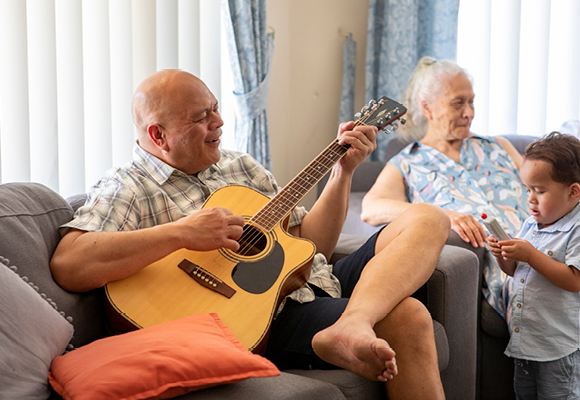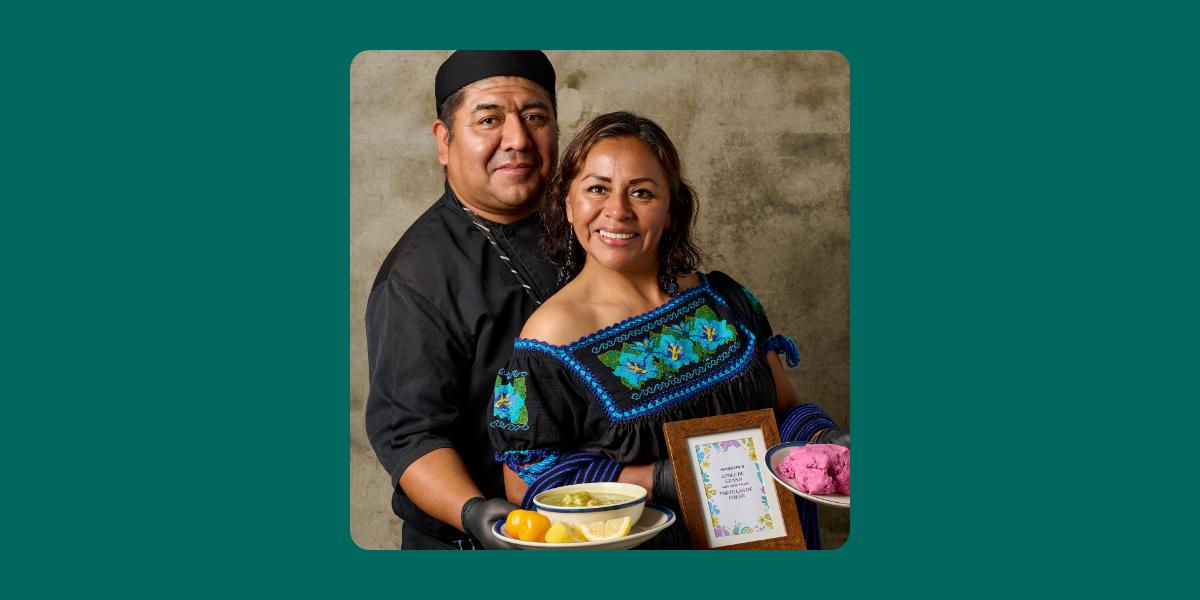Home ownership in the United States has long been a cornerstone of the American dream. Not only does it signify independence and financial security, but this milestone also contributes to economic growth and job creation in communities.
Owning a home has even more profound benefits for families from historically underserved communities by keeping them more engaged in the neighborhoods where they live. From volunteering for community events to becoming civically engaged, homeowners have a stronger sense of belonging.
According to the Federal Reserve’s Survey of Consumer Finances, the median homeowner’s net worth was $231,400, while that of renter’s was $5,200 as of 2016. Given that home prices have risen since then, the wealth of home-owning Americans would have grown even more. According to the Federal Reserve, the median homeowner will have nearly 45 times the net worth of the median renter.
Unfortunately, when comparing homeownership between Black and white families, the numbers are even more staggering and continue to contribute to a widening wealth gap.
Building Generational Wealth
Home ownership is a key factor for improving generational wealth. But, according to Brookings, “this pathway is often less achievable for Black Americans who post a homeownership rate of 46.4% compared to 75.8% of white families.”
Notably, homes in predominately Black neighborhoods in the U.S. are valued at $48,000 less than predominately white neighborhoods; this creates a cumulative loss in equity of approximately $156 billion, according to Brookings. These are significant contributing factors to the racial wealth gap.
Owning a home opens the door to investments, buying power, and improving credit, and allows families to pass that wealth on to their children who then continue to pass it on through the generations. Black families often rent and are therefore unable to take advantage of the financial opportunities that homeownership delivers. This continues to create a wealth gap that gets greater over time and keeps families of color stuck in a cycle of disadvantage compared to white families.
According to a 2019 survey by the Federal Reserve, the net worth of a typical white family is eight times greater than that of a Black family and that can be attributed to the 30-point gap between Black and white homeownership rates.
There are several other factors contributing to the wealth gap, explains Brookings.
- Unequal access to lending options – The percentage of Blacks (46%) who are unbanked or underbanked alone is over three times the percentage of whites (14%). Unbanked people are shut out of the financial tools necessary to grow finances or buy a home.
- Discriminatory lending practices – A long history of redlining, underinvestment and alternative banking make Black people more likely to encounter discriminatory lending practices. This also affects credit scores which prevent banks from giving loans for businesses or home purchases.
- Higher education costs – A shortage of mainstream banking options causes many Black students to receive unsubsidized or subprime loans with higher interest rates increasing the amount of debt after graduation.
Narrowing the Wealth Gap
Homeownership presents an opportunity to accumulate wealth, making it an appealing vehicle for reducing wealth inequality. But how can we create more equity in home buying? On a national level, suggestions have included:
- Homebuying assistance program – Down payment assistance programs can help first-time buyers who don’t have access to intergenerational wealth.
- Expanding and improving mortgages – Expanding credit access and lending terms could help Black homeowners build equity faster.
- Appraisal changes – An initiative created by President Biden in 2021, addresses home appraisal inequity by changing discriminatory patterns within appraisal and homebuying systems; removing terms such as “desirable,” “crime-ridden,” “affordable” or “integrated” can help make appraisals more equitable.
- New construction – Easing land-use restrictions and zoning to allow two- to four-unit and single-family attached housing in one-unit single-family detached housing neighborhoods could open more buying opportunities.
Helping Locally
In August 2021, San Diego Foundation started the San Diego Black Homebuyers Program in partnership with Urban League of San Diego County and LISC San Diego . The goal of the program is to improve the racial wealth gap in San Diego by investing in generational wealth-building opportunities through Black home ownership.
The partnership, which also includes two mortgage lenders, provides potential homebuyers with up to $70,000 in grant assistance towards the purchase of a home.
Learn more about the San Diego Black Homebuyers Program.




